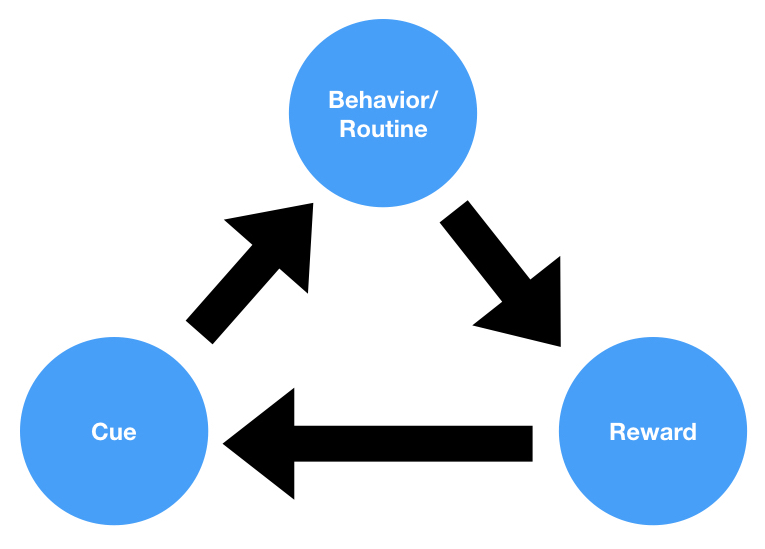Object constancy is a psychological and developmental concept that refers to the ability to maintain a stable and consistent perception of an object or person, despite changes in their physical presence, appearance, or emotional state. This cognitive skill is crucial for forming healthy relationships and navigating the complexities of the social world. Object constancy is an essential component of object relations theory, a psychoanalytic approach that focuses on the importance of early relationships in shaping an individual’s personality and emotional development.
The development of object constancy typically occurs during early childhood, with the foundations being laid during infancy. As infants form attachments to their primary caregivers, they begin to recognize them as separate and distinct entities. Through repeated experiences of separation and reunion, infants learn that caregivers continue to exist even when they are not physically present. This understanding is the basis of object constancy and is crucial for the development of a sense of security and trust in relationships.
As children grow and mature, their capacity for object constancy expands to include not only physical absence but also emotional and relational changes. For example, a child with a well-developed sense of object constancy can understand that a parent who is momentarily angry or upset still loves them and will return to a loving state. This cognitive skill enables individuals to maintain stable relationships, tolerate temporary separations or conflicts, and navigate the complexities of social interactions.
The absence or impairment of object constancy can have significant consequences for an individual’s emotional and relational functioning. In some cases, difficulties with object constancy can be traced back to early attachment disruptions or traumatic experiences. Individuals who struggle with object constancy may exhibit:
- Insecure attachments: Difficulty maintaining a sense of security and trust in relationships, which can manifest as anxious or avoidant attachment patterns.
- Intense emotional reactions: Heightened sensitivity to changes in others’ emotional states, leading to emotional dysregulation and difficulty coping with conflicts or separations.
- Relationship instability: A tendency to experience unstable, chaotic, or short-lived relationships, characterized by frequent breakups, reconciliations, or changes in relationship status.
Therapeutic interventions, such as psychotherapy or counseling, can help individuals develop or strengthen their sense of object constancy by addressing underlying attachment issues, building emotional regulation skills, and fostering secure attachment patterns. By enhancing object constancy, individuals can experience more stable, satisfying, and resilient relationships throughout their lives.
In conclusion, object constancy is a foundational concept in behavioral science and object relations theory, referring to the ability to maintain a stable and consistent perception of an object or person, even when they are not physically present or experiencing changes in emotional state. Developing a strong sense of object constancy is crucial for forming healthy relationships and navigating the social world.




